Opt-in free trials, those not requiring credit card information, have a conversion rate of 18.20%, whereas opt-out free trials, requiring credit card information, have a 48.8% conversion rate.
But what happens when the free trial ends? The customer can no longer access the tool’s features.
That brings us to the freemium model - an acquisition model that offers customers access to some software features for free without any time limit.
Now what if you combine the two - the freemium and the free trial? You get a SaaS reverse trial. Let’s learn more about it and how it fits into a successful customer acquisition strategy.
What is a SaaS reverse trial?
A SaaS reverse trial is a hybrid of a free trial and a freemium plan. Here’s how it works:
- Software A comes with a 14-day free trial in which the user gets access to all its capabilities.
- After the trial ends, the user is not entirely locked out of the software.
- The plan converts into a freemium plan where users can access limited features.
Grammarly, the popular grammar and spellchecker, is an example of a SaaS reverse trial. The tool comes with a 7-day free trial. After that, the plan reverts to a freemium where you can access Grammarly’s basic features.
The freemium spots and fixes misspelled words. It also fixes punctuation marks and imperfect grammar. Meanwhile, the paid plan has many additional features, like fluency suggestions and a plagiarism detector.
Why does SaaS reverse trial work?
The SaaS reverse trial works for two primary reasons:
- First, it lets users see the full features of your product. By offering a limited-term free trial, you give users access to the juicy bits. At the end of the trial period, the users have become somewhat familiar with the product, and they know what value it brings.
- Secondly, the freemium plan takes a “no strings attached” approach. Users can engage with your product and benefit from the free capabilities. They only have to buy the paid plan once they’re ready.
Why should you consider using a SaaS reverse trial?
To understand whether a SaaS reverse trial is the right approach for your business, you should first compare SaaS free trial with the freemium strategy.
For one, freemium plans have a higher conversion rate from visitor to sign-up. That means freemium plans help visitors move quickly throughout the SaaS funnel. Since freemium plans do not limit usage days, customers are likely to try these plans.
But then again, free trial products have a better free-to-paid conversion rate. The conversion rate can be two to three times more than their freemium counterparts.
That’s because a SaaS free trial creates a sense of urgency. It forms a binary choice for the potential customers; to pay for all features or to leave the product altogether.
But what if you use both? The SaaS reverse trial balances the pros and cons of both plans.
For example, when the free trial ends, users may delete their account because they don’t want to upgrade to the paid tier. That would lead to you losing your user base.
But with a reverse trial, this does not happen. The users simply downgrade to the freemium plan. You can always work on them later to upgrade to the higher tiers.
SaaS reverse trial examples
Here are some companies that use the reverse trial model and have been successful at it.
Toggl
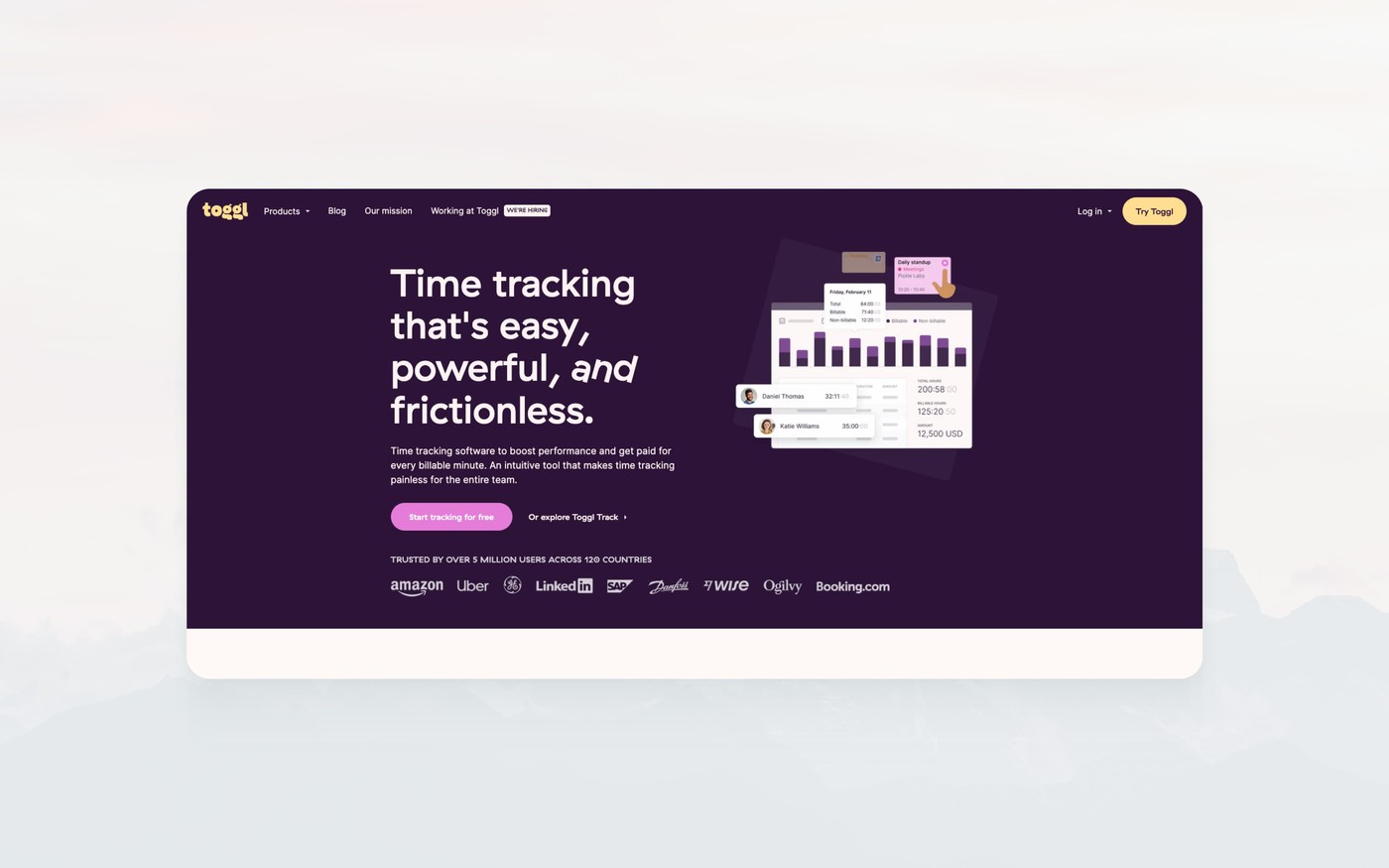
Toggl is a project management and time-tracking tool with a feature-rich freemium model. The free trial lasts 30 days, after which the users can use the free features.
Toggl’s free plan gives users access to five accounts and unlimited time tracking. The company created this plan for its independent users. But it noticed that companies created multiple accounts using different email addresses for this plan.
As a result, product growth halted, and the conversion rates lowered. Instead of reducing the feature access in the freemium plan, Toggl switched to the reverse trial.
This approach allows new users to get all of Toggl’s features for 30 days. After the month ended, their plan was downgraded to the freemium version.
Canva
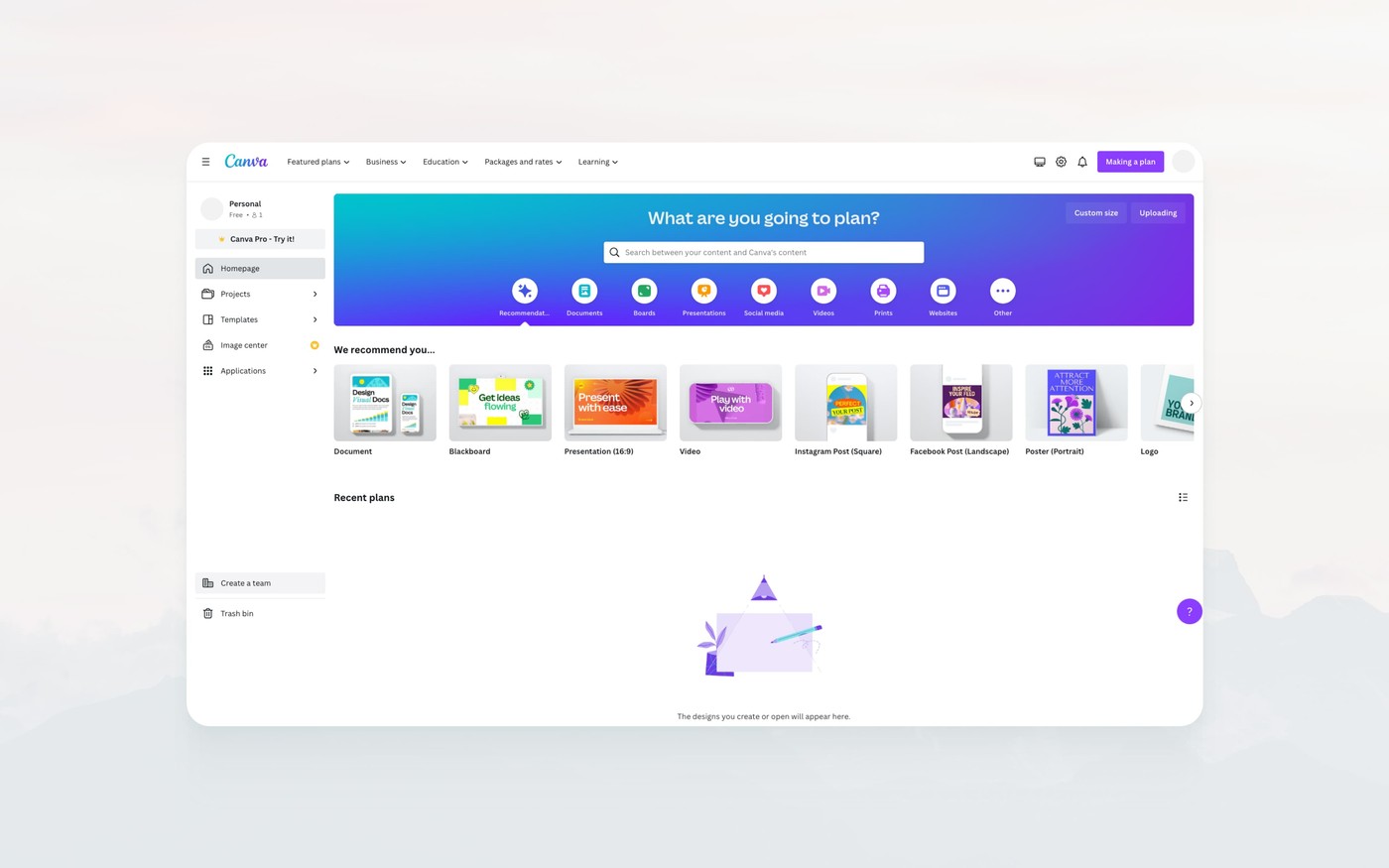
Canva is one of the most popular graphic design software individuals and businesses use. The company has one free plan and two paid ones; Teams and Pro.
Canva’s paid plans have a 30-day free trial in which users can get access to millions of stock photos, videos, graphics, templates, and more. If the users do not upgrade to the paid plan after 30 days, they revert to the free plan.
Calendly
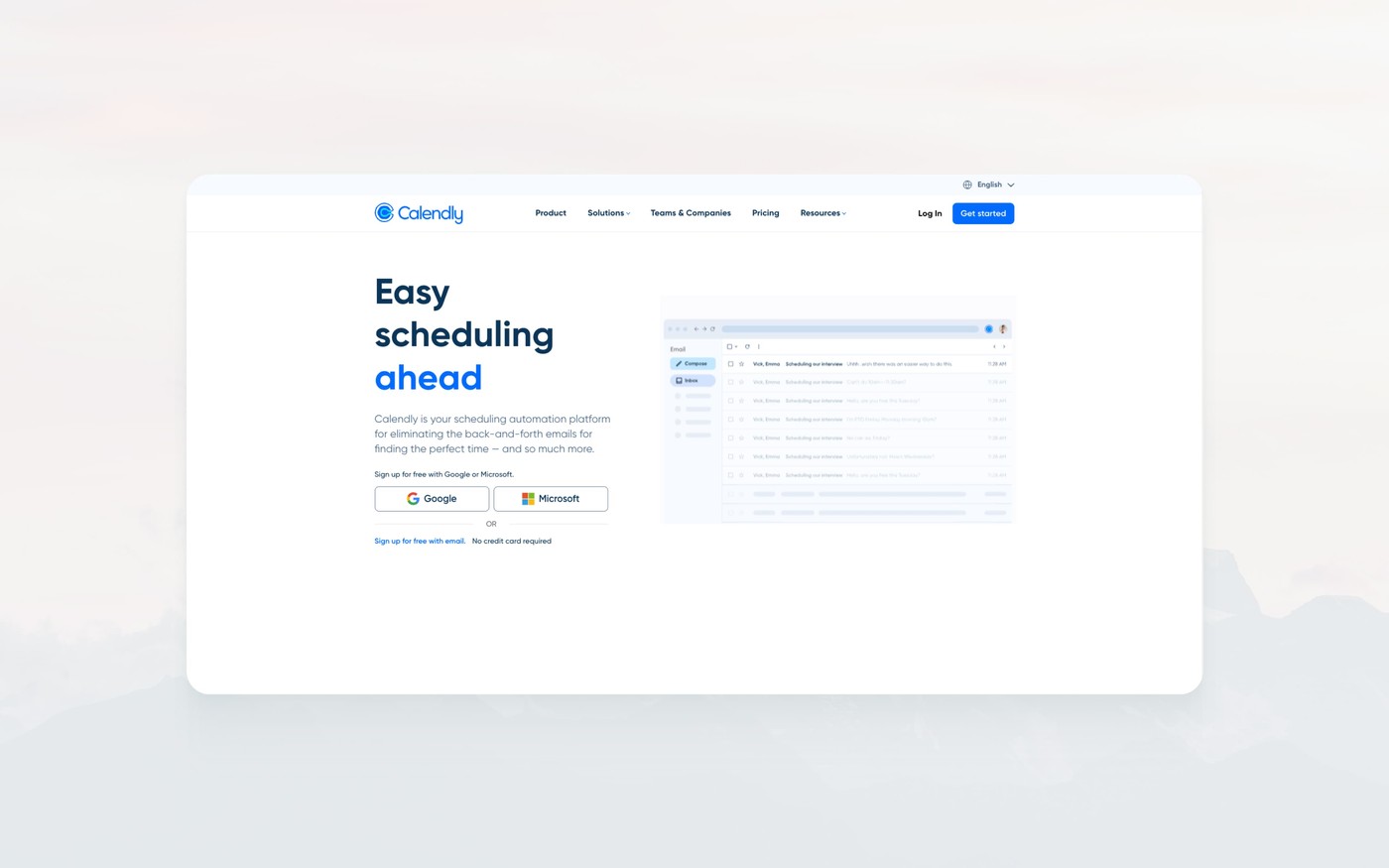
Calendly is an online scheduling automation platform that offers a reverse trial. The app reverse trial approach includes a 14-day free trial, which gives users access to Calendly’s full capabilities with no credit card required.
After the free trial ends, users are downgraded to the free plan. It includes a single calendar, customization options, and one active event type.
Notion
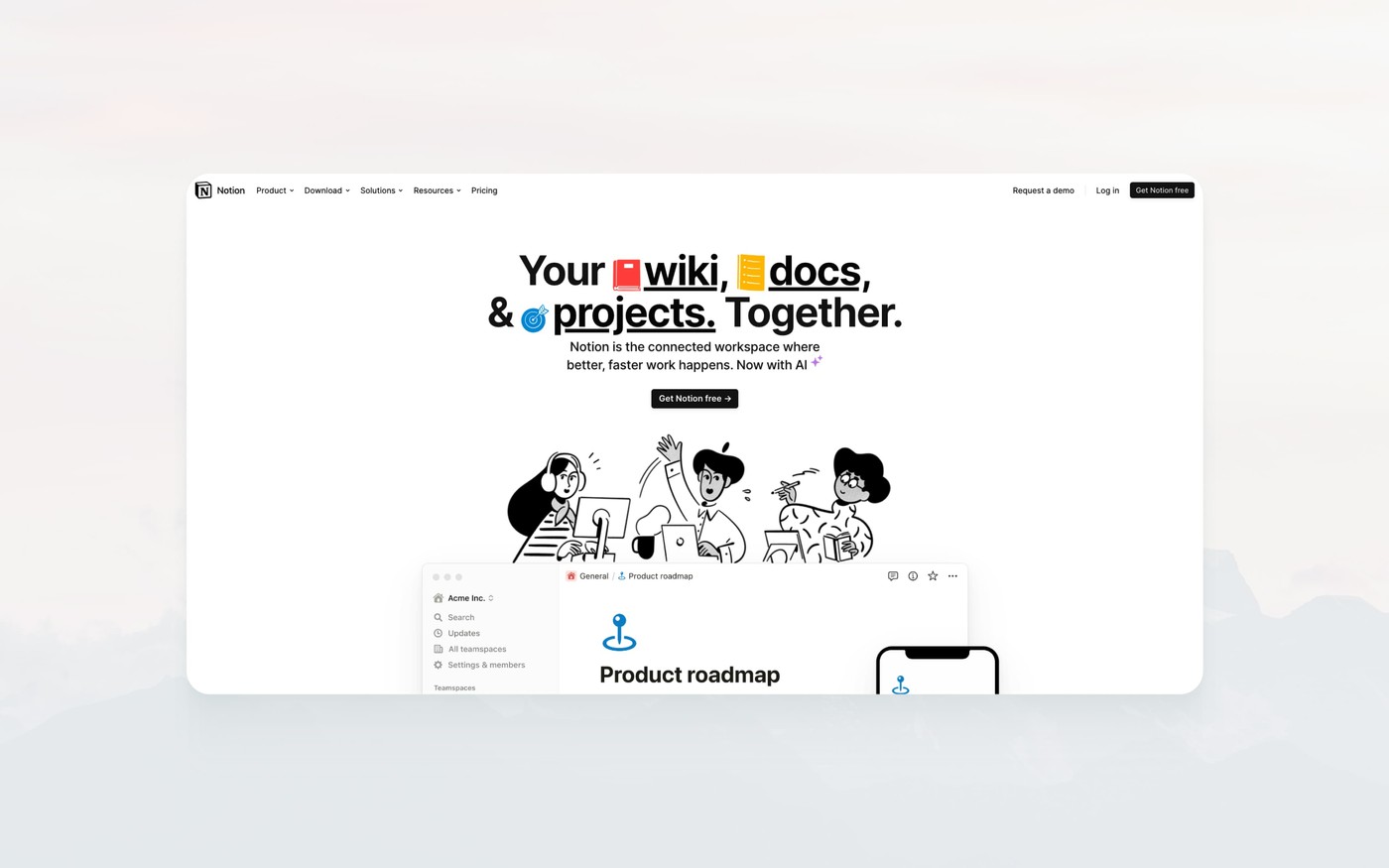
Notion, the popular workplace collaboration platform, also has a freemium plan, which includes a collaborative workspace, integrations, and basic page analytics.
The paid plans have a 7-day free trial, after which the users go to the freemium. Notion has also introduced Notion AI at $8 per month for the paid plans. The price for Notion AI for the free plan is $10 per month, incentivizing users to switch to paid plans to save $24 a year.
Besides the reverse trial, Notion’s customer onboarding process is also well-streamlined. The website shows the visitors features and plans based on how they plan to use Notion; for personal use, school, or teams.
Benefits of SaaS reverse trials
A SaaS reverse trial subscription gives customers the best of both worlds. Apart from that, it has the following benefits.
Higher conversion rates
Once the customers have experienced all your software’s features, they are more likely to use it regularly. In services with only free trials, customers lose access to the entire product after their free trial ends.
But in a reverse trial, they can keep using the free features. But since they’ve used the full features in the free trial, they’re reminded of your tool’s full potential every time they hit a limitation in the freemium plan. That could encourage them to upgrade.
Better vendor-client relationship
A McKinsey benchmark analysis found that insurers who have deeper connections with their customers have a higher product density than their competitors. They often cross-sell three or more products to the same customer.
The same is true for SaaS relationships too. When customers go through a SaaS trial funnel, knowing that a freemium is available helps them stay connected to the vendor.
For example, Canva gets over 110 million users every month, but only 12% or 800,000 of its users have a Teams account. So, even though people don’t opt for paid plans, they still keep coming back to Canva for its free capabilities.
With time, or as needs increase, unpaid users are more likely to upgrade.
Improved retention
When people are exposed to a product’s full capabilities, they tend to become invested in it. That makes them more likely to continue using the product - as a paid or freemium plan - even after the trial ends.
When is a reverse trial not ideal?
A reverse trial doesn’t always work. That’s why you don’t see every other company using it. The reverse trial approach might not be suitable for the following types of software.
Steep learning curve
Marta Pardo, an associate product manager at Hotjar, says customer activation is “the first time a user receives value from your product.”
If your product has a steep learning curve, it will take longer for users to reach activation. Customers might not be able to reach that ‘aha!’ moment during the free trial. So, they will not be able to explore your tool’s full capabilities or appreciate them.
Lower usage rate
If you offer a product people don’t regularly use, a reverse trial is not ideal. It would only make people use the freemium plan without upgrading to the paid versions because they do not need the software excessively.
High service cost
Suppose your service is a health CRM (Customer Relationship Management). The cost of serving individual customers is higher because customers need a lot of support and hands-on onboarding.
In this scenario, a reverse trial will only set you back. Instead, use a regular free trial followed by paid plans.
How to implement a SaaS reverse trial?
When using a reverse trial to guide leads through a SaaS sales funnel, your aim should be to turn these users into paying customers. Here are the best practices to accomplish this.
Offer an incredible onboarding experience
The free trial is a user’s first interaction with your company and software. Make it a ‘wow’ moment for them.
Intercom data shows that 40% to 60% of people who sign up for a free trial barely use the product. That’s over half the registered users with little to no chance of becoming paid users.
You can tackle this by offering a stellar customer onboarding experience. Here are some tips:
- Reduce friction, like unnecessary forms or fields, on the sign-up page.
- Create an onboarding checklist that users can see on the screen to track their progress.
- Instead of creating a linear product tour, offer interactive walkthroughs. For example, create gamification elements like challenges, tasks, and rewards that users can unlock using the product.
Induce FOMO
The fear of missing out does a great job of driving customer action. Before the free trial ends, reach out to the customers. Remind them that they’ll miss out on amazing features once their plan is downgraded.
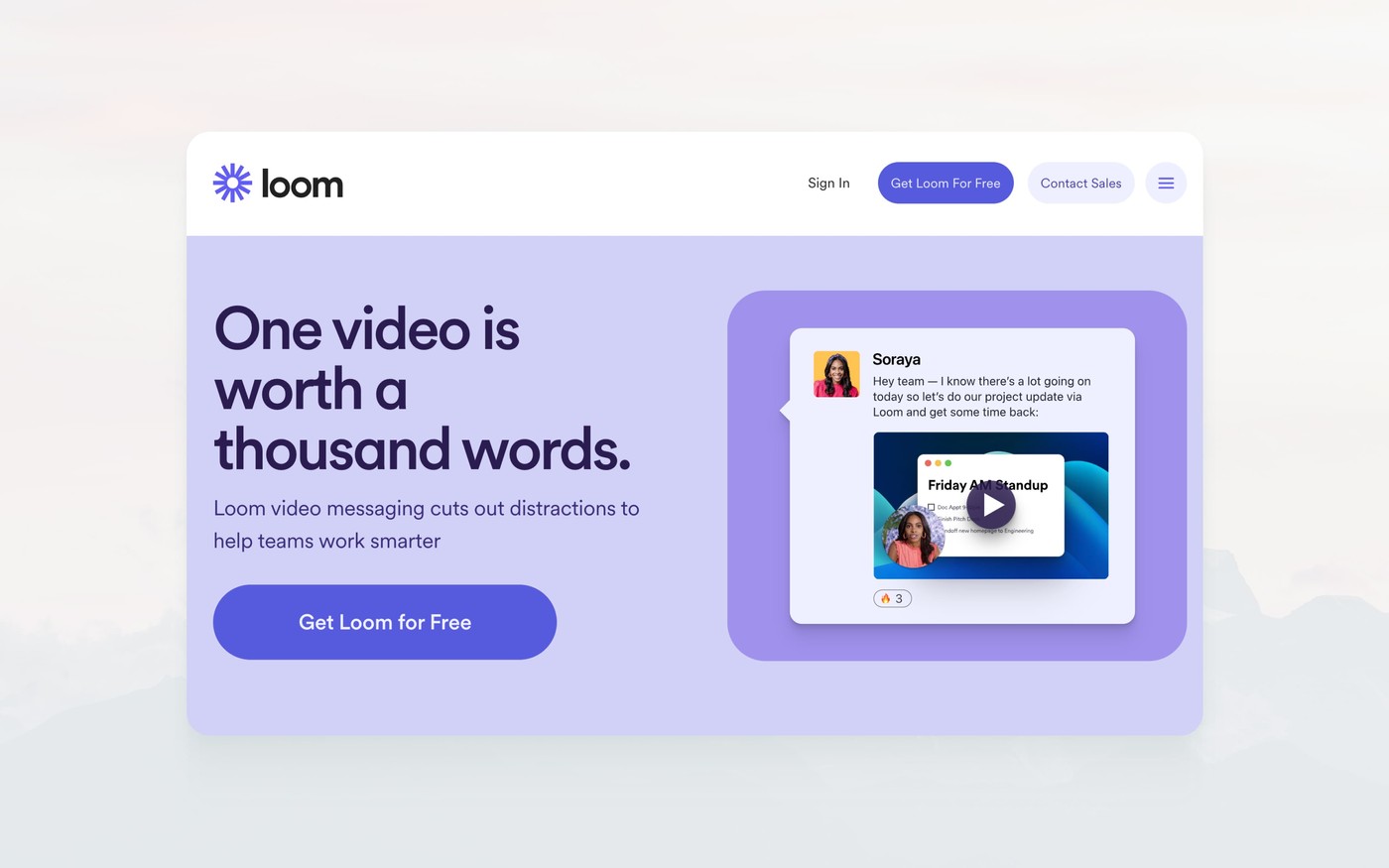
Loom, a video recording software for work, does this perfectly. In the days leading to the end of the free trial, the users get notifications that contain information about Loom’s paid plans.
Loom uses this as another opportunity to get customers to pay when the free trial ends. It notifies customers that their free trial has ended and they no longer have access to advanced features. Users also get a ‘See Upgrade Options’ button on the notification screen.
Put your SaaS reverse trial in action
Now that you know the reverse trial meaning and its benefits, you can consider incorporating it into your product if it fits the criteria. Besides improving customer onboarding to help your customers get the most out of your product, a reverse trial also allows you to collect feedback about your app or software.
Creating a reverse trial requires a thorough understanding of the customer journey. Check out our Customer Success resources to learn more about customer success and how you can use it to your advantage.